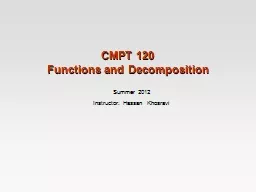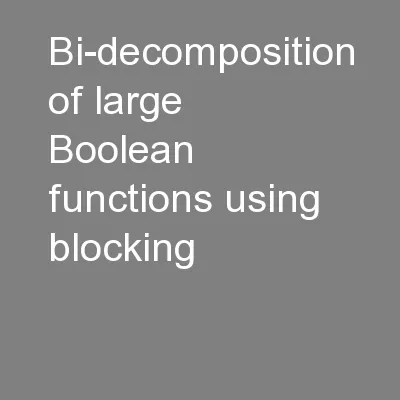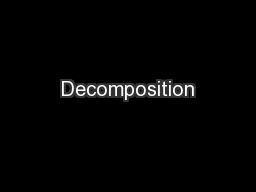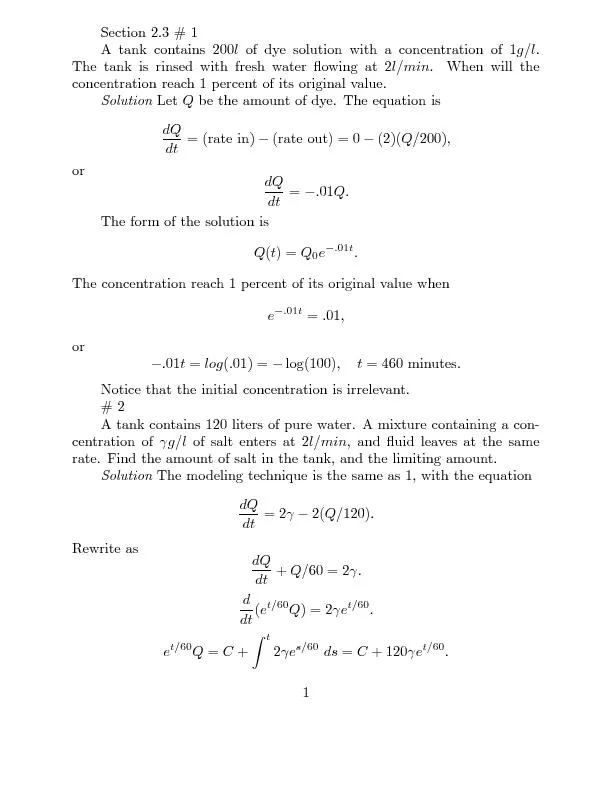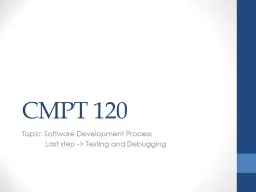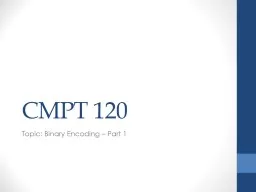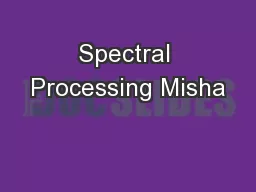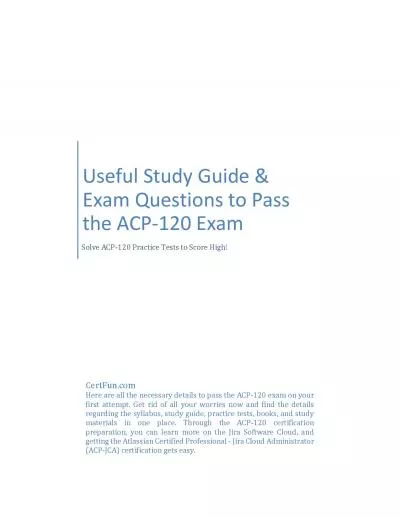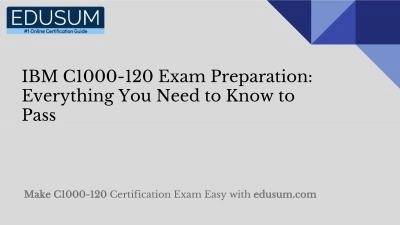PPT-CMPT 120 Functions and Decomposition
Author : luanne-stotts | Published Date : 2019-06-21
Summer 2012 Instructor Hassan Khosravi Defining Functions We have already seen how several functions work in Python rawinput range int and str A function must
Presentation Embed Code
Download Presentation
Download Presentation The PPT/PDF document "CMPT 120 Functions and Decomposition" is the property of its rightful owner. Permission is granted to download and print the materials on this website for personal, non-commercial use only, and to display it on your personal computer provided you do not modify the materials and that you retain all copyright notices contained in the materials. By downloading content from our website, you accept the terms of this agreement.
CMPT 120 Functions and Decomposition: Transcript
Download Rules Of Document
"CMPT 120 Functions and Decomposition"The content belongs to its owner. You may download and print it for personal use, without modification, and keep all copyright notices. By downloading, you agree to these terms.
Related Documents

